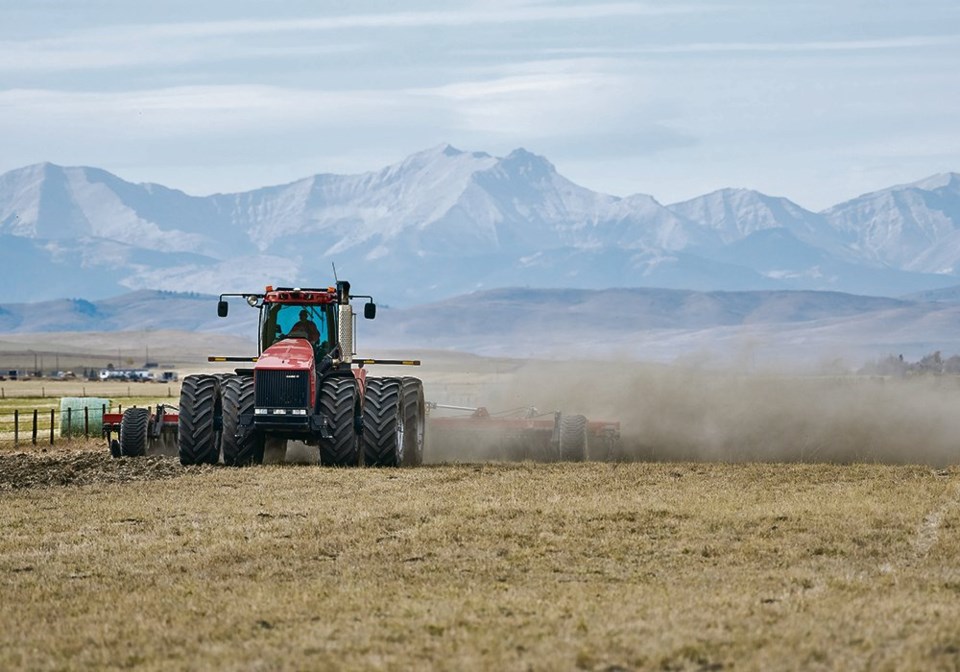“You need to invest in adding value to your own production. It doesn’t look like anyone else will,” he said in a stern voice and with a finger pointed at the faces of his farmer audience in a small Alberta and Saskatchewan border town.
That was nearly 30 years ago and the persistent University of Saskatchewan professor and extension agrologist advised producers of something they likely knew in their heart of hearts. Despite the prairie wheat pools’ value-added processing and a few brave companies that invested in the pulse industry, Canadian prairie farmers haven’t seen a great deal of post-field processing. Crops and stock are mostly harvested and shipped.
Diversification has long been a goal in a region known for its exports. From exotic livestock to fibre products harvested from straw, the future always seemed to hold promise of expansion.
Williams died in 2018 after 60 years of preaching progressive truths about the farm economy. He likely would have been pleased with the flurry of value-added developments Western Canada has seen in the past several seasons.
Pulse milling for protein extraction is the new building block for meat and milk, and canola crushing to replace petroleum is also hot for the Prairies and northern Great Plains. Both are occurring at a previously unimagined scale.
The federal initiative to advance development of domestically produced proteins, the Proteins Industries Canada supercluster, is charging ahead with projects that further mine the crops grown here. These efforts offer the opportunity to keep jobs and some of the profits of our harvests here at home.
Visionaries, including Williams and Saskatoon agrologist Al Scholz, established an organization 20 years ago, at the height of hard times in the region, that called on farmers to invest.
AgriVision didn’t survive, but the concepts it introduced about extracting a greater and more profitable future from what we have here at home, are precursors of today’s developments and investments.
Technologies used to process foods and fuels haven’t been tried at this scale in the past but public acceptance of the science has so far been high.
Polling indicates farmers are among the most trusted members of our society, though scientists are not so lucky.
Many of the new economic developments that prairie folk now enjoy will likely experience growing pains. There are already examples.
Using food products for fuel, sustainable or not, pulls arable acres out of food production. Meatless meat and dairy-free milk are supported by price tags that tend to suit middle class budgets, leaving out those less financially fortunate. And shifts away from cattle production, at least in a Canadian context, will have negative consequences for carbon sequestration on pasture should that land be tilled or no longer grazed.
As the generations before them were counselled, farmers should be involved in new initiatives that go beyond their roles as suppliers and taxpayers. They can be investors, developers or supporters — even all three — but the current value-added successes will require encouragement if they are to stand the coming tests.
These same industries will benefit from the insights that producers can bring to the table. They will benefit from some agricultural vision.
Karen Briere, Bruce Dyck, Barb Glen and Mike Raine collaborate in the writing of Western Producer editorials.




